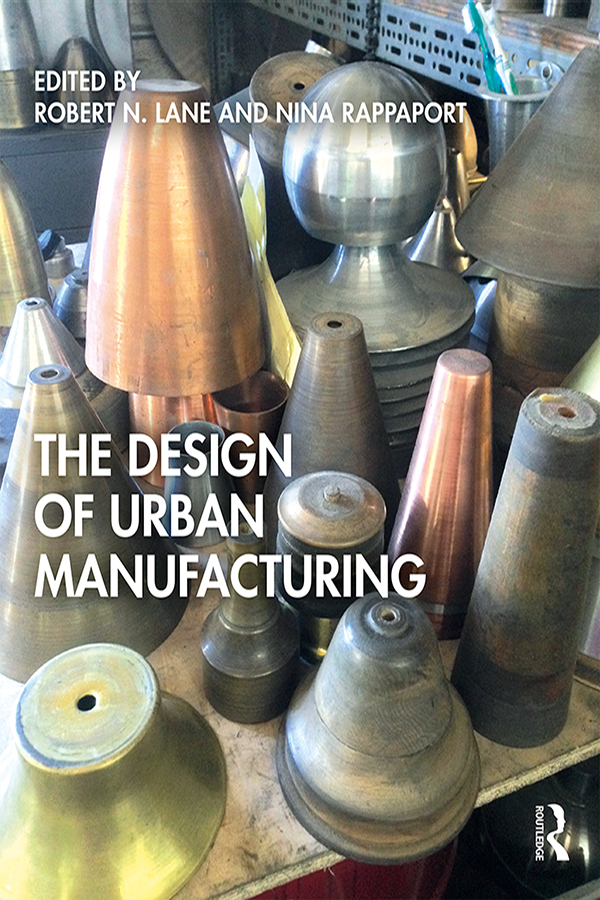2010 Assembly Plant of the Year: Ambitious Green Manufacturing Effort
The water tower at the 2010 Assembly Plant of the Year is blue. But, the assembly lines inside the factory walls are green. The 380,000-square-foot Eaton Corp. plant in Lincoln, IL, has an ambitious strategy to reduce its carbon footprint.
Each year, goals are set for a reduction in greenhouse gasses. At the Lincoln facility, this includes reduction in water, electricity, air and gas. “Our overall approach to green is covered through our MESH (Management of Environment, Safety and Health) program,” says Rich Wyatt, plant manager. “This cross-functional team is comprised of employees from the production floor, engineering and support functions.
“Champions for each category are responsible for leading and implementing change,” explains Wyatt. “In addition, employees in technical services and human resources have personal goals to achieve the targets.”
Examples of processes or projects that promote green activities at Eaton Lincoln include:
- The plating operation has undergone many environmental initiatives. “We first replaced our cyanide process with a non-cyanide-based plating process, reducing our treatment of the by-product in our waste-water treatment process,” says Wyatt. “We also removed the hexavalent chromes from our other plating process. In late 2006, when this process was outsourced, [we chose a vendor that] uses these same processes. Our environment, health and safety manager completes process audits at their facility to ensure they maintain the process.”
- A recycling team was created in 2007 and is tasked to meet annual recycling goals and objectives. The team has created recycling opportunities throughout the factory to collect paper, junk mail, plastics, aluminum, aerosols, batteries, cell phones and ink cartridges. “Educating our employees on recycling is accomplished by including a tip each week in our weekly departmental meetings and using informational boards,” says Wyatt. “This year’s goal is to recycle 3,000 pounds of material.”
- Any changes introduced to the plant, including new product designs, process changes or new suppliers, must go through a management of change process. This process includes an environment, health and safety review before any changes are implemented.
- The plant converted 775 metal halide lights to more energy-efficient T-5 lighting. “In addition, we are replacing our fluorescent lighting with more energy-efficient lights,” says Wyatt.
- The pretreat process on all three paint lines is controlled by a chemical-monitoring system to reduce the use of chemicals and minimize the plant’s effect on the environment. “In addition, we have engineers working with our suppliers to develop and trial new chemicals that are green,” notes Wyatt.
- The plant utilizes an energy management system that monitors electricity usage, boiler temperature and paint line oven pressures. The software will automatically adjust, such as opening or closing dampers above the paint lines, if the oven pressure changes above the set point. “The software will also send out e-mails to key personnel if we exceed operating parameters,” Wyatt points out.
- Dynamic nesting software was implemented on CNC punch presses to increase sheet metal utilization from 69 percent to 83 percent. “Although all of our scrap metal is recycled, energy is consumed at the recycle facility and our goal is to reduce energy in the value stream, not just at Lincoln,” says Wyatt.
- The covers of air conditioner disconnects are made from scrap metal left over from load center trim, which has helped reduce cost.
- Periodic energy audits are conducted by team members to ensure that equipment is being shut down in areas where operations are not in use.
“As a result of these endeavors, our hazardous waste generation, normalized against cost of goods sold, was reduced from 0.11 percent to 0 percent in 2009,” claims Wyatt.
Looking for a reprint of this article?
From high-res PDFs to custom plaques, order your copy today!






